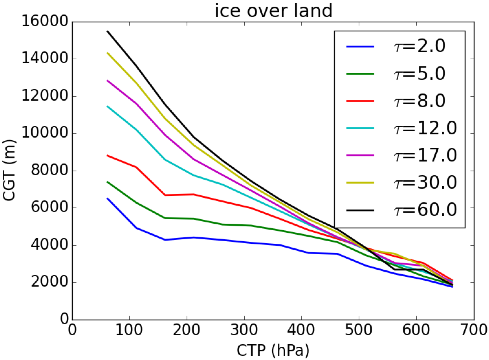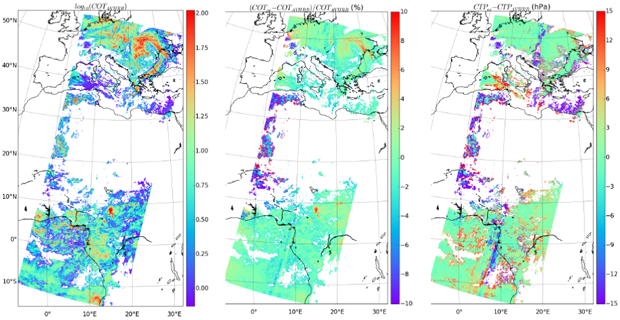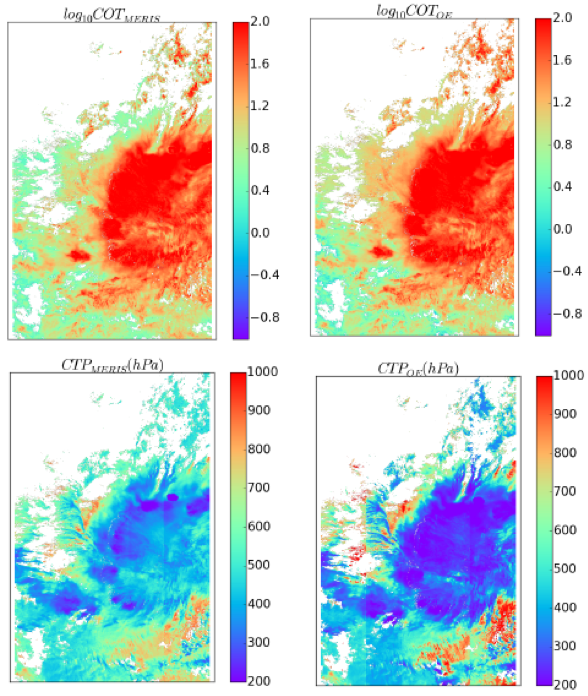26 May 2023
02 July 2018
Objectives
The objectives of this study are to:
- Consolidate the CTP-O2 retrieval scheme proposed for METimage through a literature survey on state-of-the art methods. LUT based methodologies are currently the preferred option for EUMETSAT and the review should concentrate on application of these. The review should, however, detail alternative methods where advantages (in accuracy, maintainability, performance etc) are clearly documented. Attention should be given to the definition of the LUT structure, that is, in content, parameter resolution, computational access and interpolation efficiency.
- Identify and characterise candidate RTMs. The requirements on RTMs suitable for CTP-O2 retrieval should be identified and documented and a list of candidate models established. The capabilities, characteristics and inputs to these RTMs will be established and documented.
- Establish a source of proxy data suitable for testing the simulated LUTs and the overall METimage CTP-O2 retrieval scheme.
- Generate test LUTs.
- Develop demonstration code for CTP-O2 retrieval and demonstrate it using the proxy data and Look Up Tables (LUT).
- Evaluate the performance and limitations of the METimage CTP-O2 retrieval scheme and identify possible open issues and future developments.
Overview
A prototype 2Dvar retrieval algorithm written in python language was developed and demonstrated on synthetic METimage and real MERIS data. LUTs were defined to provide the fast RTM required for the measurements: reflectance at 0.865/0.64 microns and the reflectance ratio between the O2 band pair at 0.763 and 0.752 microns. LUTs were based on parameterised climatologically varying cloud extinction profiles and geometrical depths (from CloudSat, Calipso data).
The parameterisation is a function of cloud optical thickness COT and top pressure CTP and the underlying (slow) RTM model was ARTDECO. The algorithm framework was used to examine retrieval sensitivities to calibration, extinction profile assumptions, BRDF errors and more.

Applied to the data the scheme produced COTs and CTPs that compared reasonably to the truth using simulated data and operational products in the case of MERIS.


One major conclusion was that the 2Dvar framework tended to converge in a single iteration because of the evenly constrained nature of the inverse problem. While making the schema potentially fast, it also implied no sensitivity to anomalous conditions, in particular when more than one cloud layer is present.
A follow-on study was commissioned to optimise some aspects of the scheme, to refine the sensitivity study and to examine the case for adding a further absorbing channel (e.g. 0.91 water vapour) in order to provide visibility of multi-layer cloud.



